Secrets revealed by melting Swiss glaciers could eat plastic and cure disease
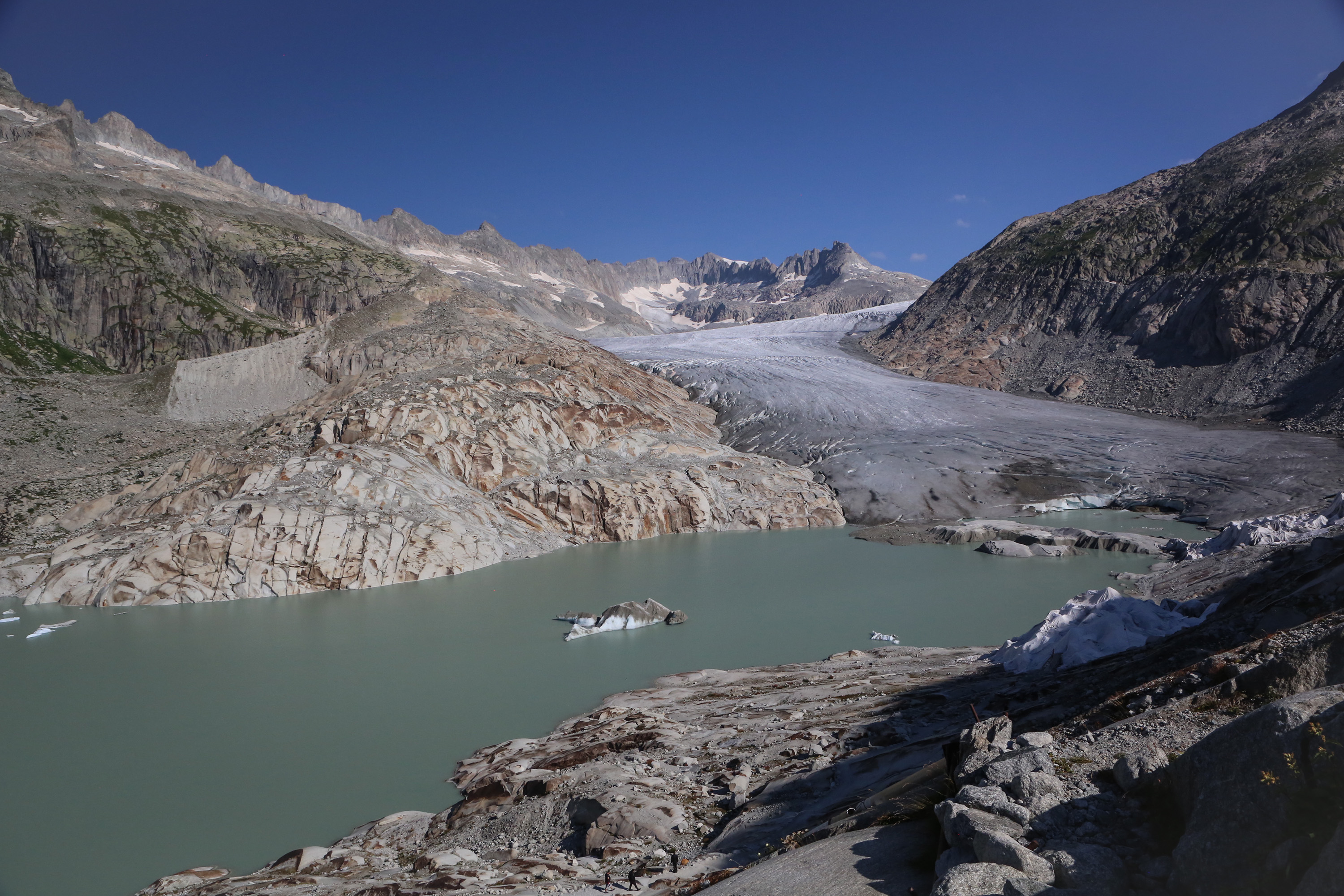
Melting glaciers caused by global warming release largely unknown bacteria and viruses into the environment. These microorganisms could help us tackle some major global problems, from plastic pollution to antibiotic resistance. A research team is looking for them for the first time in Swiss glaciers.
The path to the glacier changes abruptly, demanding careful footing and steady nerves. What began as a serene stroll along the glacier lake has shifted into a climb over jagged, rocky fragments and large boulders. Conducting glaciers research in such environments requires both physical and scientific endurance.
We move forward carefully on the unstable terrain, made even more slippery by the streams of water flowing down the mountain. From far away, rumble echoes through the stillness – another boulder tumbling down. “It’s pretty scary,” says our guide Beat Frey.
We’re standing in front of the Rhone Glacier in the Swiss Alps, overlooking an area that was still covered by a thick layer of iceExternal link until about 15 years ago.

More
Newsletters
Frey, who works for the Swiss Federal Institute for Forest, Snow and Landscape Research (WSL), points out a newly-formed transverse crevasse – a gaping wound across the glacier’s surface. Another piece of the white giant will soon be gone.
But the glacier’s vanishing act extends far beyond ice. “Not only the glacier is disappearing, but also the organisms it contains,” says Frey. The loss of this biological heritage, he adds, deprives us of knowledge critical to understanding how life adapts to extremely cold conditions.
Glaciers around the world are shrinking at an alarming rate due to global warming. Melting glaciers increase sea levels and reduce water availability in some regions.
In the most optimistic low-emission scenario, the planet’s more than 200,000 glaciers (excluding those in Greenland and Antarctica) will lose up to 29% of their volume by 2100. The share rises to 54% in a high-emission scenario, according to a recent studyExternal link by the Swiss Federal Institute of Technology Zurich and the Vrije Universiteit Brussel, Belgium.
Glaciers in the Alps are among the most vulnerable and could disappear by the end of this century. The approximately 1,400 glaciers in Switzerland lost half their volume between 1931 and 2016 and a further 12% between 2016 and 2021.
The United Nations has declared 2025 the International Year for the Conservation of Glaciers. The aim is to raise awareness of the fundamental role of glaciers, snow and ice in the climate system.
Glacier research uncovered thousands of unknown microorganisms in ice and soil
Frey is one of the first researchers to collect life forms from Alpine glaciers and permafrost, the permanently frozen layer of soil. A few years ago, another pioneering projectExternal link also took him to the Arctic.

His team used to think that frozen environments were inhospitable to life due to low temperatures, lack of light and nutrients. They were quickly proven wrong.
“I never expected so much biodiversity. You’re always finding new things in the ice and permafrost,” Frey says. Research in the permafrost of the eastern Swiss Alps has already uncovered ten new species of bacteria and one new fungus.
Similar discoveries are being made elsewhere in the world. Recently, Chinese researchers identified more than 10,000 species of virusesExternal link in the ice of the Tibetan plateau.
Microorganisms trapped for centuries or millennia in ice are now being released into the environment due to global warming. Whether bacteria, viruses or fungi, what Frey and his colleagues collect and analyse in their laboratories is usually new to science. And that’s what fascinates him the most.
“There are thousands of species of microorganisms in the permafrost and ice, but we don’t know what they are or what they do,” he says.
His goal is to document the microbial biodiversity of the Swiss Alps before it disappears. A new projectExternal link focuses for the first time on glaciers, specifically on the Morteratsch (in the canton Grisons), Rhone (Valais) and Tsanfleuron (Valais and Vaud). These lie along an east-west axis across the country and represent the microbiological diversity of Alpine glaciers.
New drugs from ice-dwelling bacteria and viruses
Microorganisms, among the world’s oldest life forms, offer valuable insights into climate evolution. “They hold a unique record of past climate changes,” John PriscuExternal link of Montana State University in the United States tells SWI swissinfo.ch. He’s one of the world’s leading experts on microbial biodiversity in glacial ecosystems.
Analysing microbial communities in ice, for example, can reveal changes in temperatures, humidity and atmospheric currents. Some bacteria trapped in ice can produce methane, a potent greenhouse gas, and influence Earth’s climate.
These tiny organisms, just a fraction of a millimeter in size, may also inspire new drugs and innovative biotechnologies. Some may prove useful in the fight against antibiotic-resistant germs. The recent discovery of bacteria and fungi that can degrade plasticExternal link at low temperatures is also very promising.
“This is our long-term vision: to find a solution to some global problems,” says Frey, as he pulls ice crampons from his backpack.
We’ve reached the glacier’s edge. A few hundred meters upstream, WSL researchers have set up equipment to collect microorganisms from the ice. They are testing a new filtering method developed in Switzerland that could be used in other regions, too.
We strap on our crampons and step onto the icy surface.
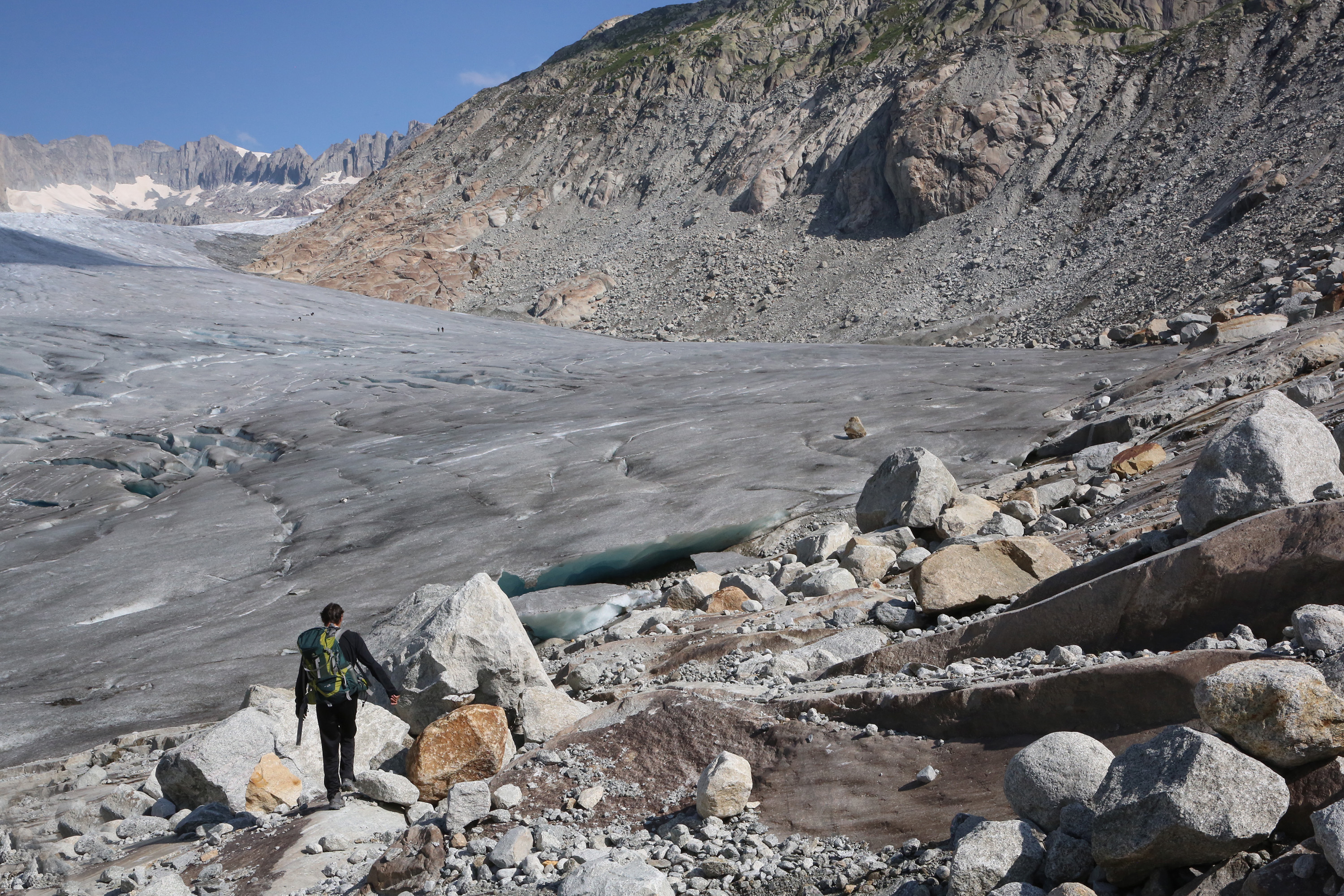
The Rhone is a prime example of Alpine glacier retreat
The snow cover has almost completely melted, notes Frey as we make our way up the glacier. Even though plenty of snow fell again in spring, the summer temperatures that followed were too high. On this late August day, the temperature at about 2,300 meters above sea level is 14 °C (August averageExternal link for the period 1991-2020 is around 10°C).
With a length of around eight kilometers and an area of around 15 km2, the Rhone Glacier is one of the largest in the Swiss Alps. The Rhone flowing from it is one of the most important rivers in Western Europe.
But the glacier is also an emblematic example of the effects of global warming. Its iconic ice cave, a major tourist attraction now isolated from the rest of the glacier, is shielded by white geotextile sheets in summer to reflect the sun’s rays and slow melting – yet the Rhone’s glacier demise seems inevitable.
The Rhone and the other Swiss glaciers have lost more than 60 percent of their volume since 1850. The melt rate of 2.5% recorded between 2023 and 2024 exceeds the average of the last decade. Unless greenhouse gas emissions are drastically reduced in the coming years, most Alpine glaciers could disappear by the end of the century, according to numerous studiesExternal link.
One hundred kilos of ice in the lab
“How many litres do we have?” Frey asks his fellow microbiologists as we arrive at the temporary microorganism collection site on top of the Rhone glacier. Beat Stierli, a WSL staff member, has pumped meltwater from a small natural pool in the glacier and collected it in a plastic bag.
“The concentration of bacteria and viruses is very low. We have to pump a lot of water if we hope to get anything,” he explains.
His team stores the water in containers because they have to filter it twice: once for bacteria and fungi (larger-sized microorganisms), and once for much smaller viruses.
>> Bacteria and viruses in the ice: the following video shows how researchers collect glacier microorganisms and why it is important to preserve them.
When asked whether it wouldn’t be easier to collect meltwater at the base of the glacier, as other researchers have doneExternal link, Frey says these samples could be “contaminated” by particles or microorganisms brought in by rainwater or other external factors.
Filtering water directly on the glacier requires extra precautions such as wearing protective gloves to avoid contamination and keeping the filters in sterile containers.
However, the new method has a decisive advantage over the traditional approach, which involves coring and bringing ice blocks to the lab. “It is easier to transport plastic containers with filters than a hundred kilos of ice at a time,” says Frey.
The filtering method could also be replicated in remote areas such as Greenland and other regions in the Arctic.
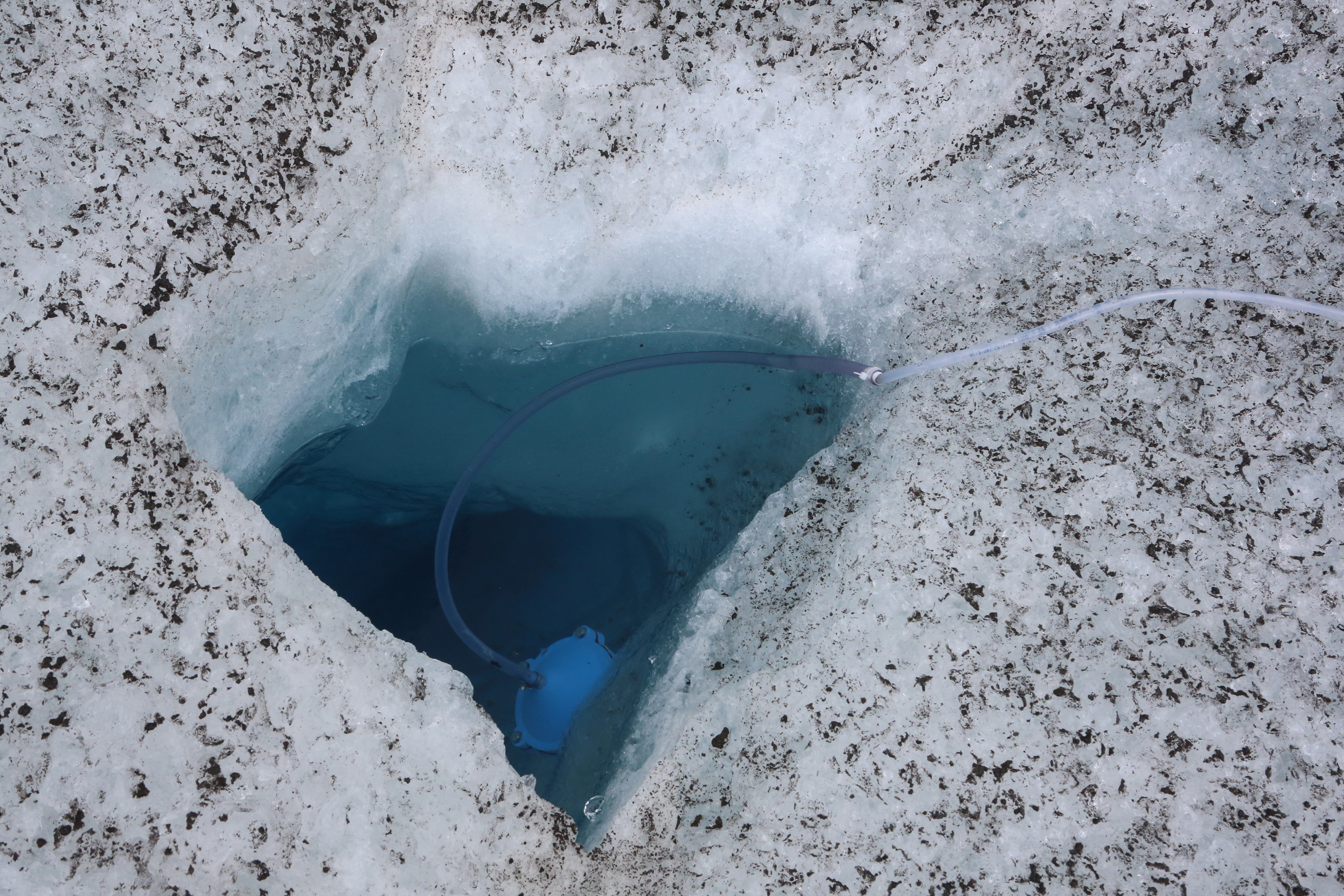
Could old pathogens ‘reawake’ from the ice?
Frey hopes to find microorganisms with properties useful to humanity. However, he can’t rule out the discovery of unwanted and potentially dangerous organisms.
Some scientists warnExternal link that viruses frozen for millennia in the Arctic permafrost in Siberia could “awaken” and circulate again due to global warming. In 2020, environmental samples taken in the Svalbard archipelago in the Norwegian Arctic revealed the presence of bacteriaExternal link that could cause disease.
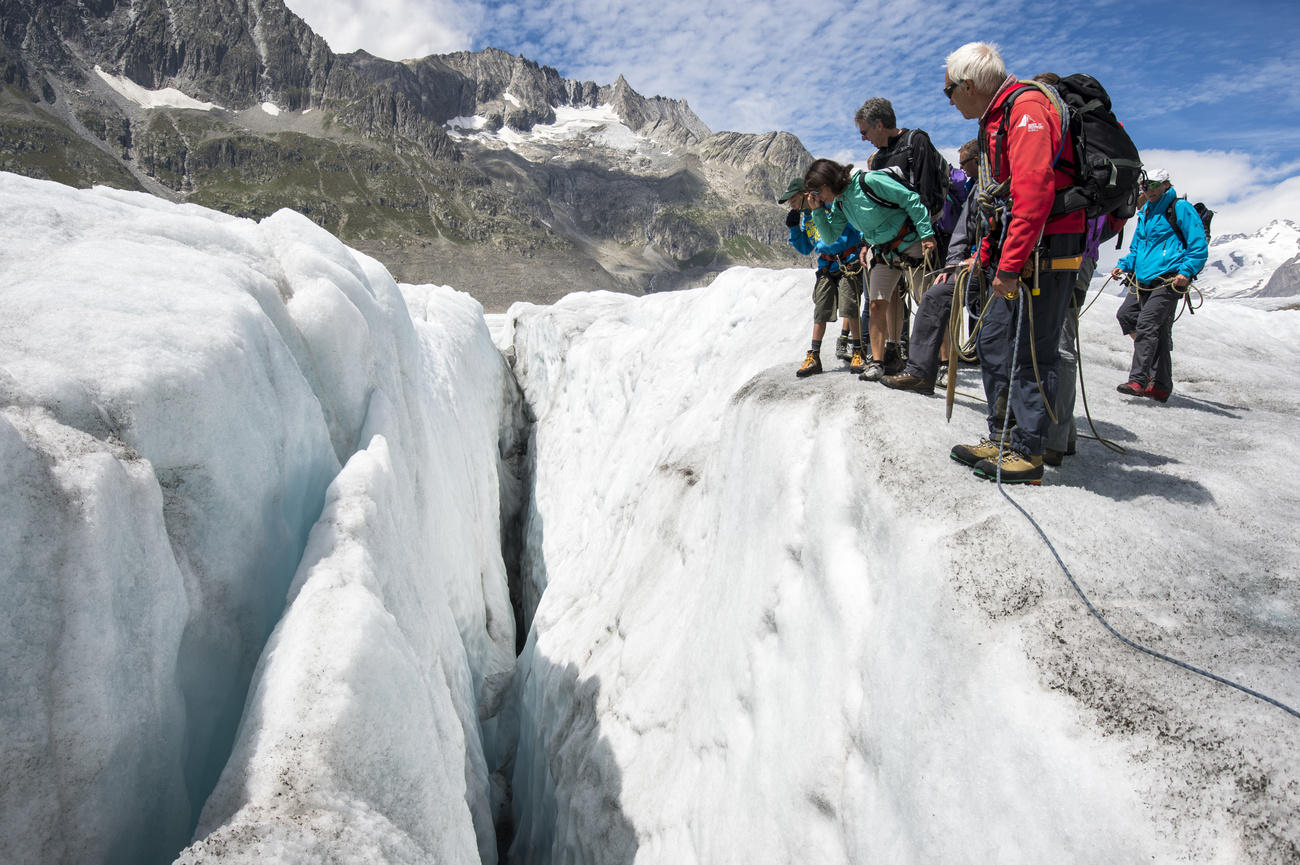
More
Studying the new viruses that emerge from melting ice
When Frey began researching the permafrost some 15 years ago, he approached his work with extreme caution. Nevertheless, he never encountered anything threatening. The likelihood of a pathogen release from melting ice or alpine permafrost is “extremely low” in his assessment.
Glacier microbes are highly adapted to the cold and can hardly survive in warmer conditions. Although they could infect other organisms in the vicinity, humans and animals are not among their usual hosts.
The risk, though very low, cannot be entirely ruled out when dealing with unknown microorganisms, notes Arwyn EdwardsExternal link, director of the Interdisciplinary Research Center in Environmental Microbiology at Aberystwyth University in Wales, who is not involved in the Swiss project. Instead, the the opposite is true, he says. “There could be microorganisms helpful to human health.”


600 liters of melt water in three days
By mid-afternoon, the clouds have almost completely covered the sky and cast a long shadow over the glacier. A cold wind reminds us that conditions in the mountains can change abruptly.
Frey is satisfied. Today his assistants have pumped about 200 litres of melt water, the same amount as on the other two days on the glacier. Part of the endangered microbiological treasure of the Alps is thus being preserved.
But it’s still too early to say whether the researchers have collected potentially useful bacteria or viruses. They first have to identify them and study their properties in the lab.

From chill to deeper chill
“It’s going to be a little cold,” warns Benedikt Gruntz. It has been a few weeks since the field work, and although we are now indoors, the temperature is only 4 °C, lower than on the Rhone glacier.
Gruntz has just opened the door to a cold room. We are at the WSL headquarters in Birmensdorf, on the outskirts of Zurich, where the young researcher is analyzing samples collected over the summer. He is interested in viruses, and the test tube he brought into the room contains what is left from filtering the meltwater.
Gruntz has to extract the DNA to determine which virus it is. He will then send the genetic material to an external company that specializes in DNA sequencing. This technique makes it possible to decipher the genetic code and thus identify and classify microorganisms. The WSL team believes there could be hundreds of types of viruses.
Viruses to fight antibiotic-resistant bacteria
Gruntz focuses on bacteriophages (or phages) – viruses that exclusively infect bacteria and therefore regulate microbial populations. Phages from extreme environments such as glaciers and permafrost, he explains, could be used to treat bacterial infections in humans that no longer respond to conventional antibiotics.
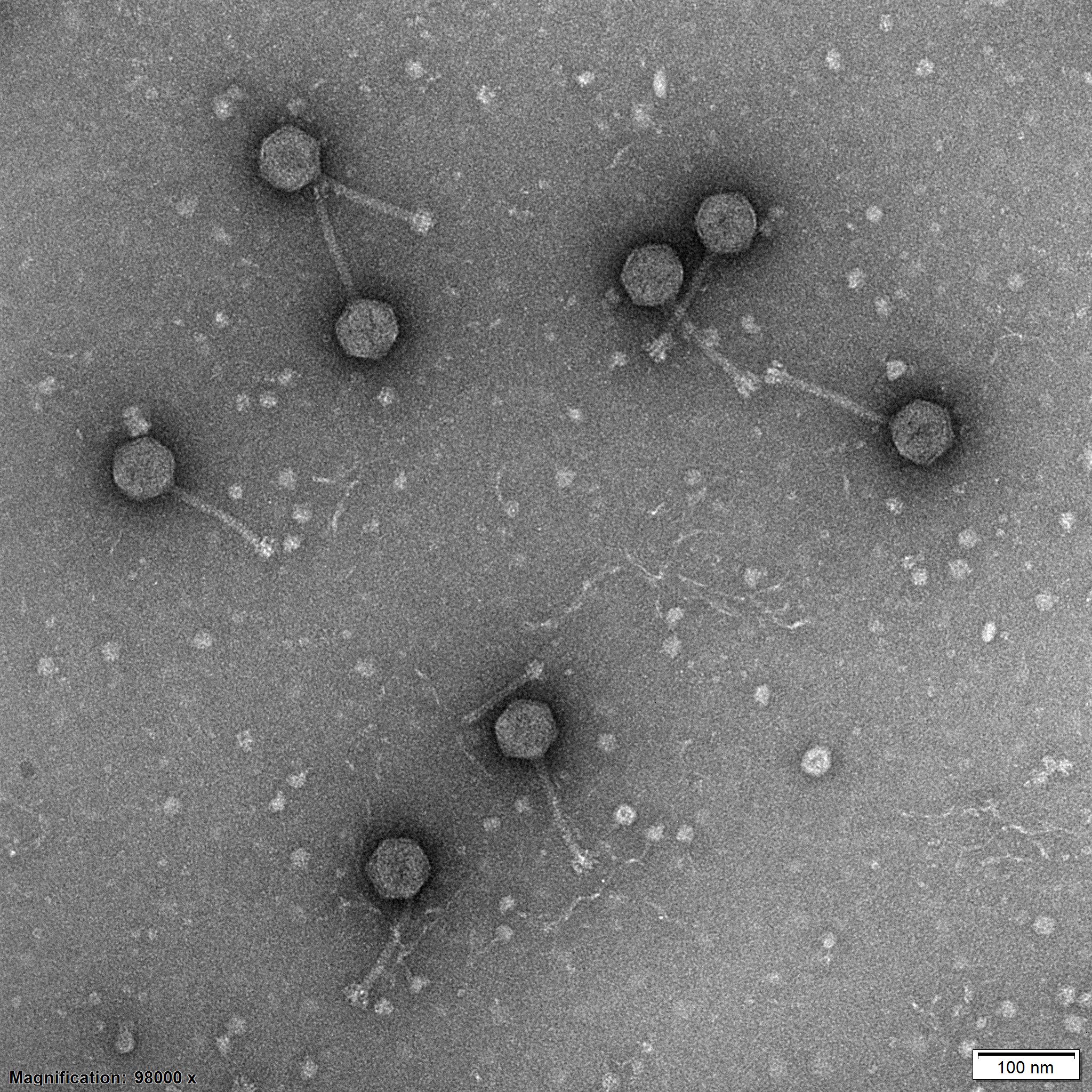
More
A weapon against superbugs lies in the Rhine River
Antimicrobial resistance is on the rise everywhere in the world and causes more than 1.2 million deathsExternal link a year, more than HIV or malaria. Antibiotic resistance is considered among the top 10 global health threats, dubbed a “silent pandemic” by the United Nations.
The use of phages in medicine is still uncommon but shows great promise. In 2023, the Geneva University Hospital used some for the first time to treat a patientExternal link with a chronic bacterial lung infection.
>> The following video illustrates how a bacteriophage infects and destroys a bacterium:
A one-of-a-kind Swiss biobank
The bacteria and fungi collected from Swiss glaciers and permafrost are stored in a special freezer at WSL. This biobankExternal link, a kind of “living archive”, preserves them at -80°C. It currently contains about 1,200 species of bacteria and about 300 species of fungi, also from Greenland, Russia and the Svalbard Islands in Norway.
The WSL biobank is probably the only one in the world with bacteria and fungi living in cold environments, according to its manager, Anja Werz.
>> Watch the video below to learn more about this unique biobank and its importance:
Potential candidates for new medicines
The project goal is not only to preserve the microbial biodiversity of glaciers and permafrost, but to study their characteristics. Bacteria could produce new molecules with anticancer, antibiotic or antioxidant properties, Werz says.
The WSL scientists are particularly interested in proteins and enzymes that enable bacteria to survive in cold environments, with some showing potential to counter antibiotic resistance, Frey explains. “This would be an outstanding discovery.”
Bacteria of the genus Streptomyces, known for their role in antibiotic production, have already been identified as promising candidates.
Plastic-eating bacteria
Some bacteria isolated in the Swiss Alps and the Arctic can degrade two types of plastics – polyurethane and polybutylene adipate terephthalate – at temperatures as low as 15°C. These plastics are found in household sponges, sneakers and biodegradable bags.

The recent and revolutionary discovery shows that enzymes from these bacteria could be used inside a bioreactor to degrade plastics. This reservoir-like device uses microorganisms to break down the chemical bonds in plastic and turn it into smaller, recyclable bits.
Enzymes active at low temperatures could also help us reduce the energy consumption of certain industrial processes, according to Frey. “They would be very useful in a time when we need solutions that consume little energy,” he says.
‘We are just microbiologists’
The WSL scientists now plan to do a screening of the samples stored in the biobank – with a view to finding species capable of breaking down the polymers that make up plastics.
The next step will be to identify the enzymes responsible. “This will allow us to synthesise them in the lab and produce them on a large scale,” explains Frey. One day, these enzymes could be integrated directly into the plastic during the manufacturing stage, which would facilitate its degradation.
But there is still a long way to go. “We are only microbiologists. We can provide the basics, but then other players, such as industry, have to take over,” he says.
In future, the biobank of ice and permafrost bacteria and fungi will be transferred to the Culture Collection of Switzerland (CCOSExternal link), the federal government’s national archive of microorganisms which will provide a secure location for decades to come.
The glaciers in Switzerland and around the planet will continue to melt. A change of course in the use of fossil fuels is not on the horizon. But the Swiss scientists trekking to the glaciers for answers believe that if they can yield solutions to the planet’s other major crises, their melting will not have been in vain.
Edited by Sabrina Weiss /ds
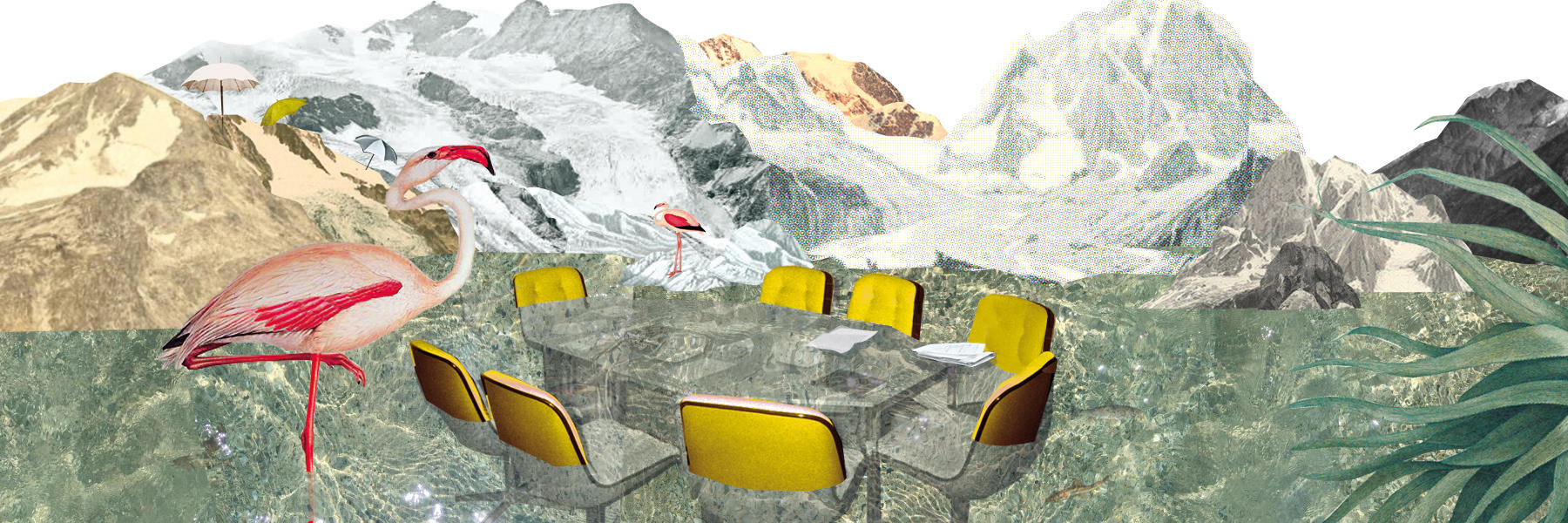
More
Why melting glaciers affect us all

In compliance with the JTI standards
More: SWI swissinfo.ch certified by the Journalism Trust Initiative


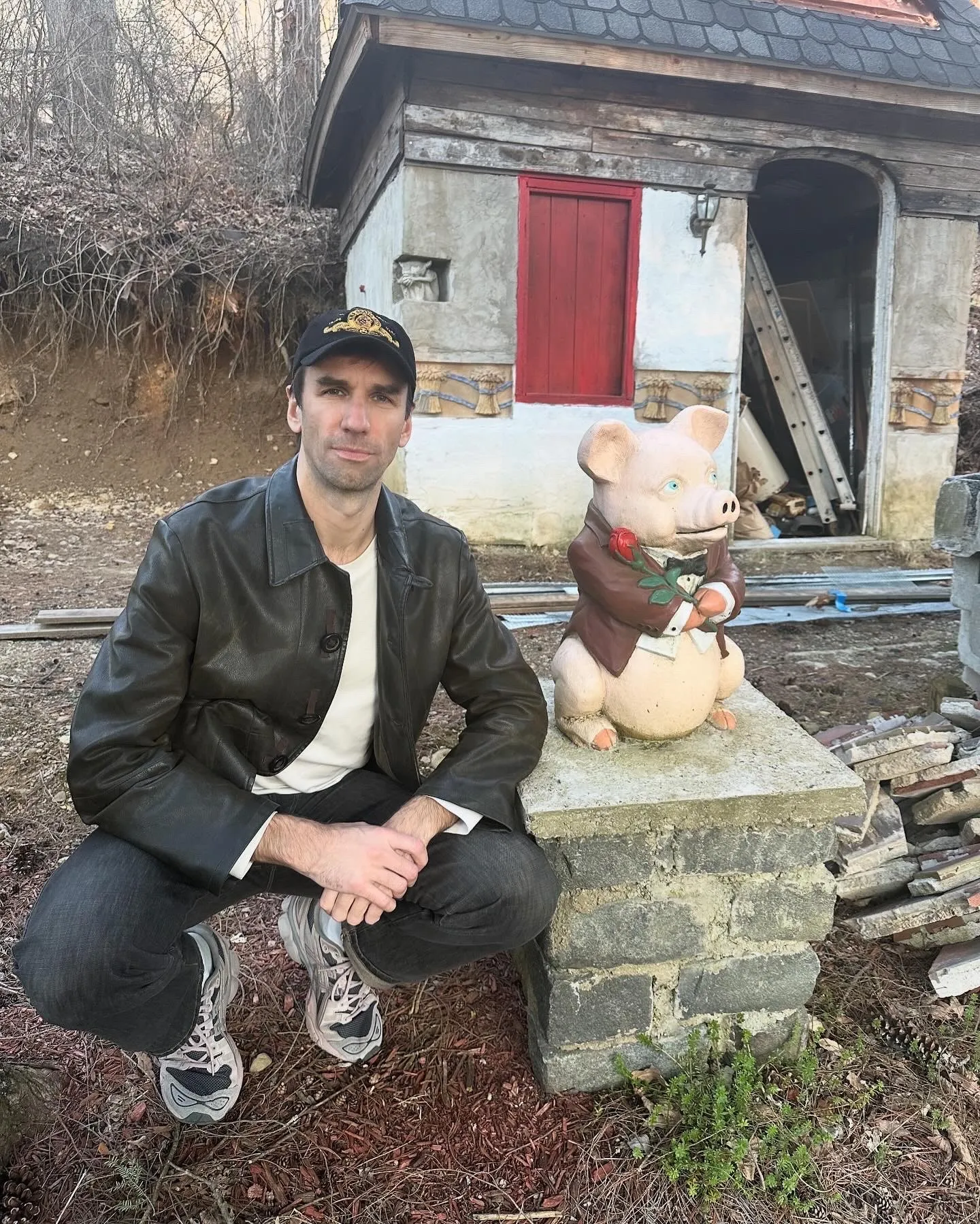





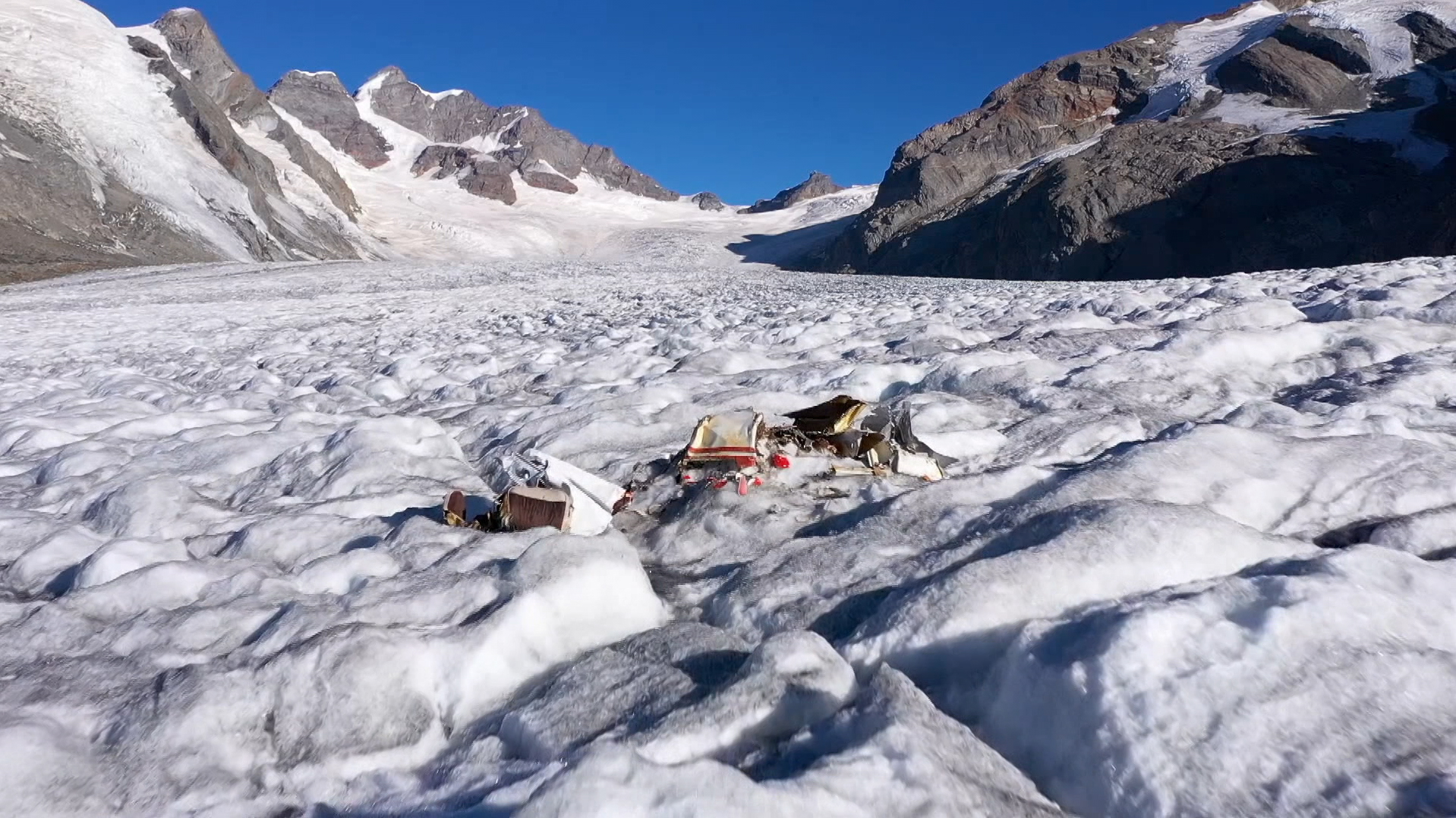
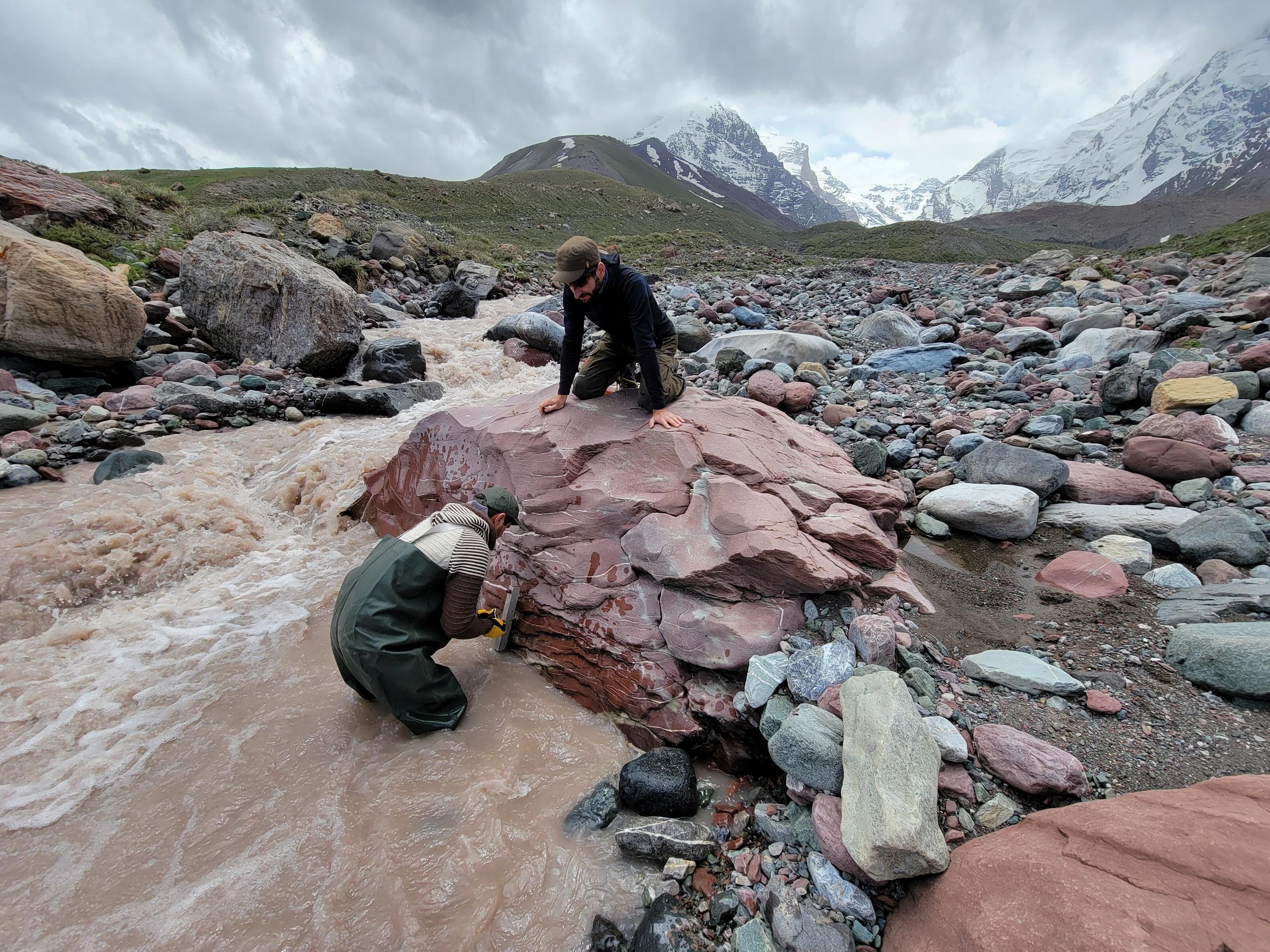
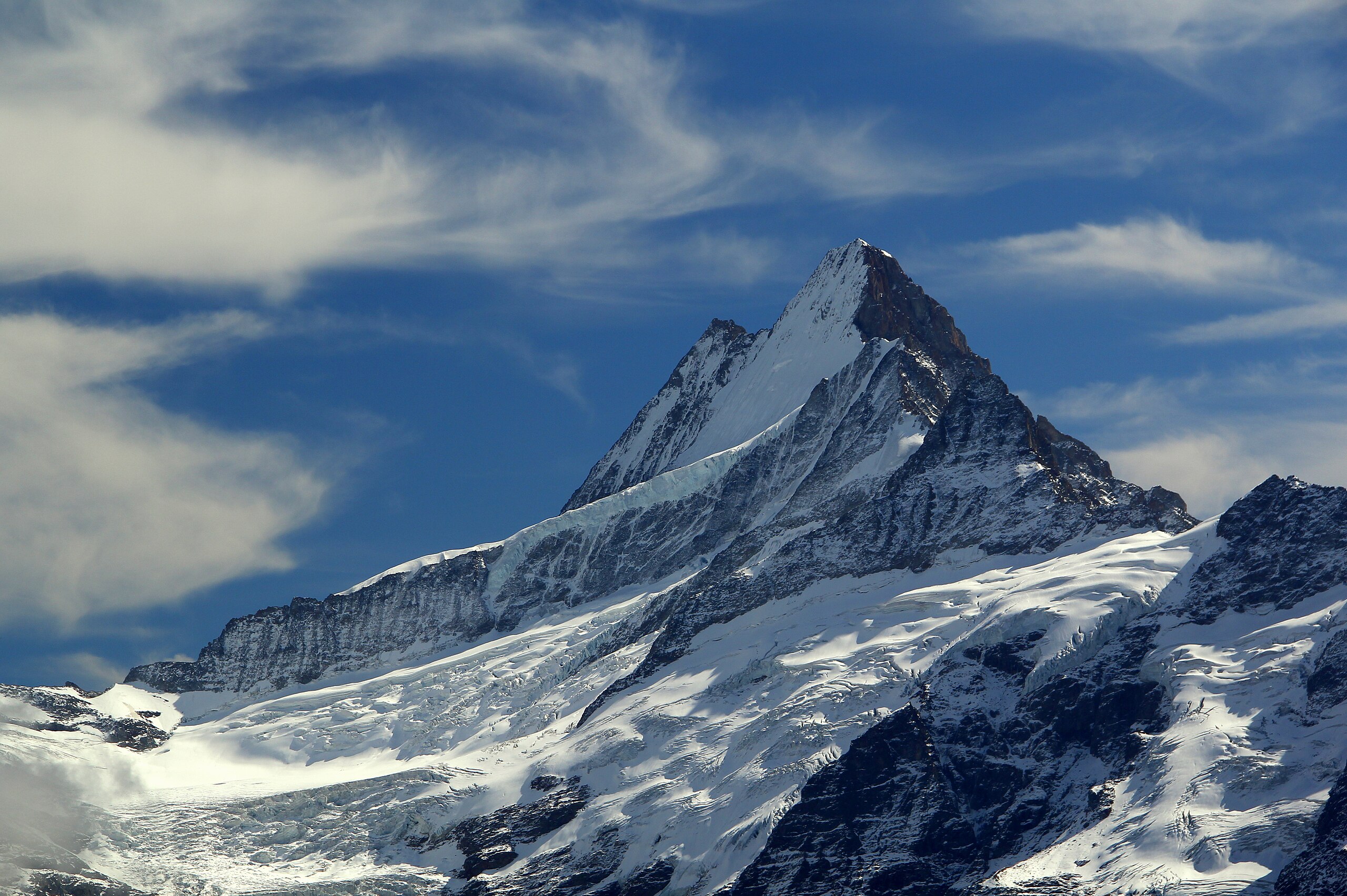
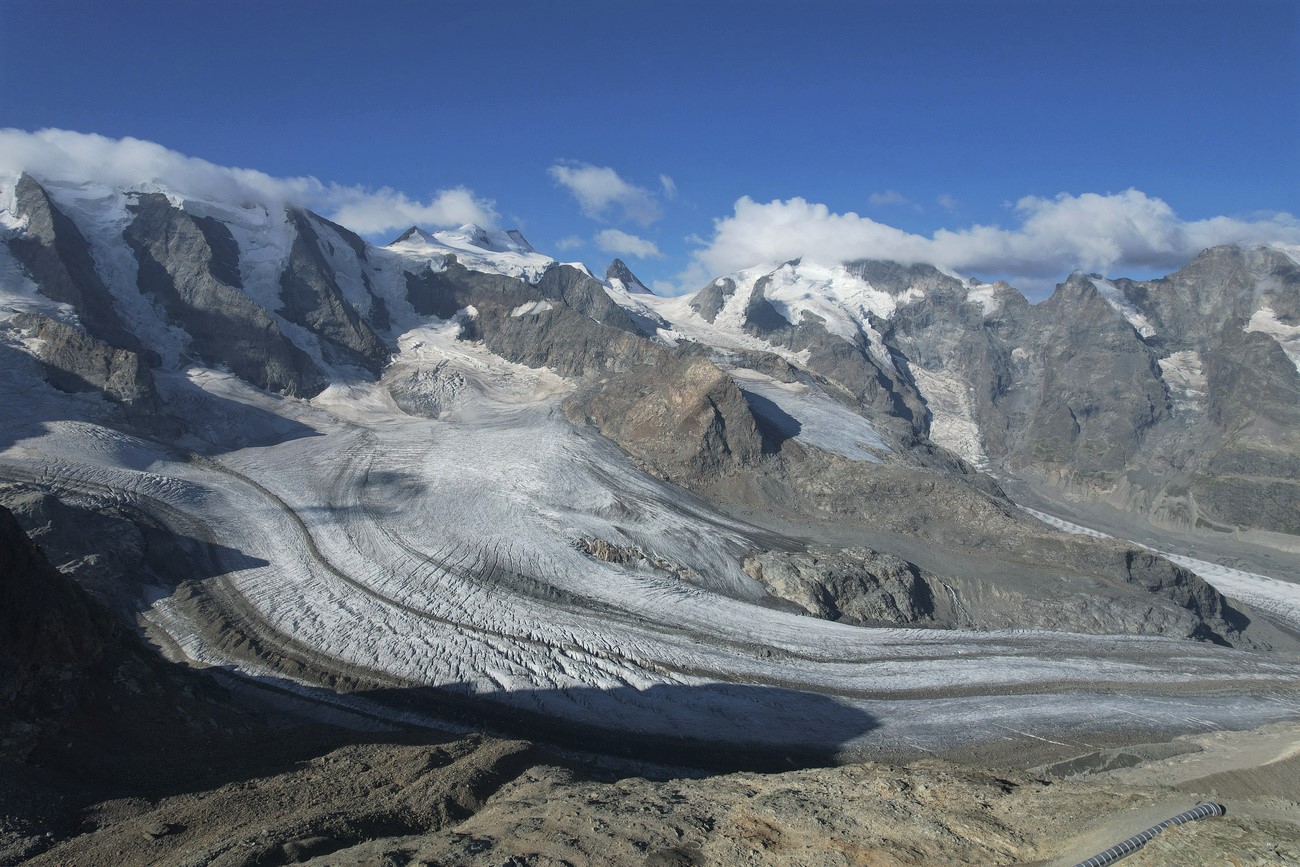
You can find an overview of ongoing debates with our journalists here . Please join us!
If you want to start a conversation about a topic raised in this article or want to report factual errors, email us at english@swissinfo.ch.